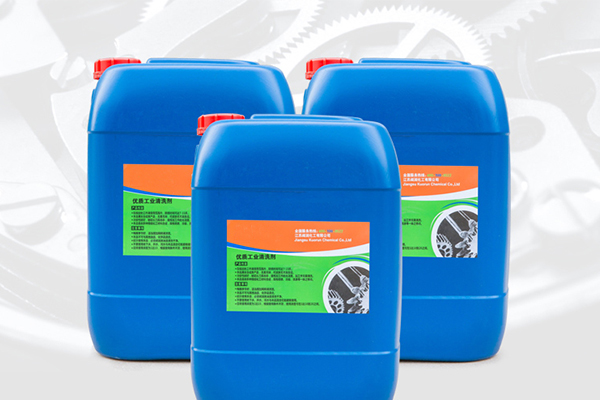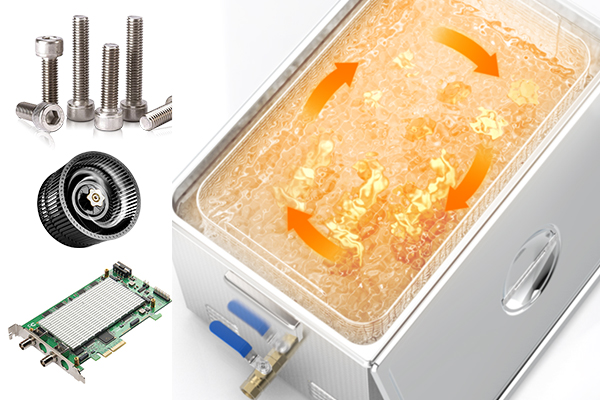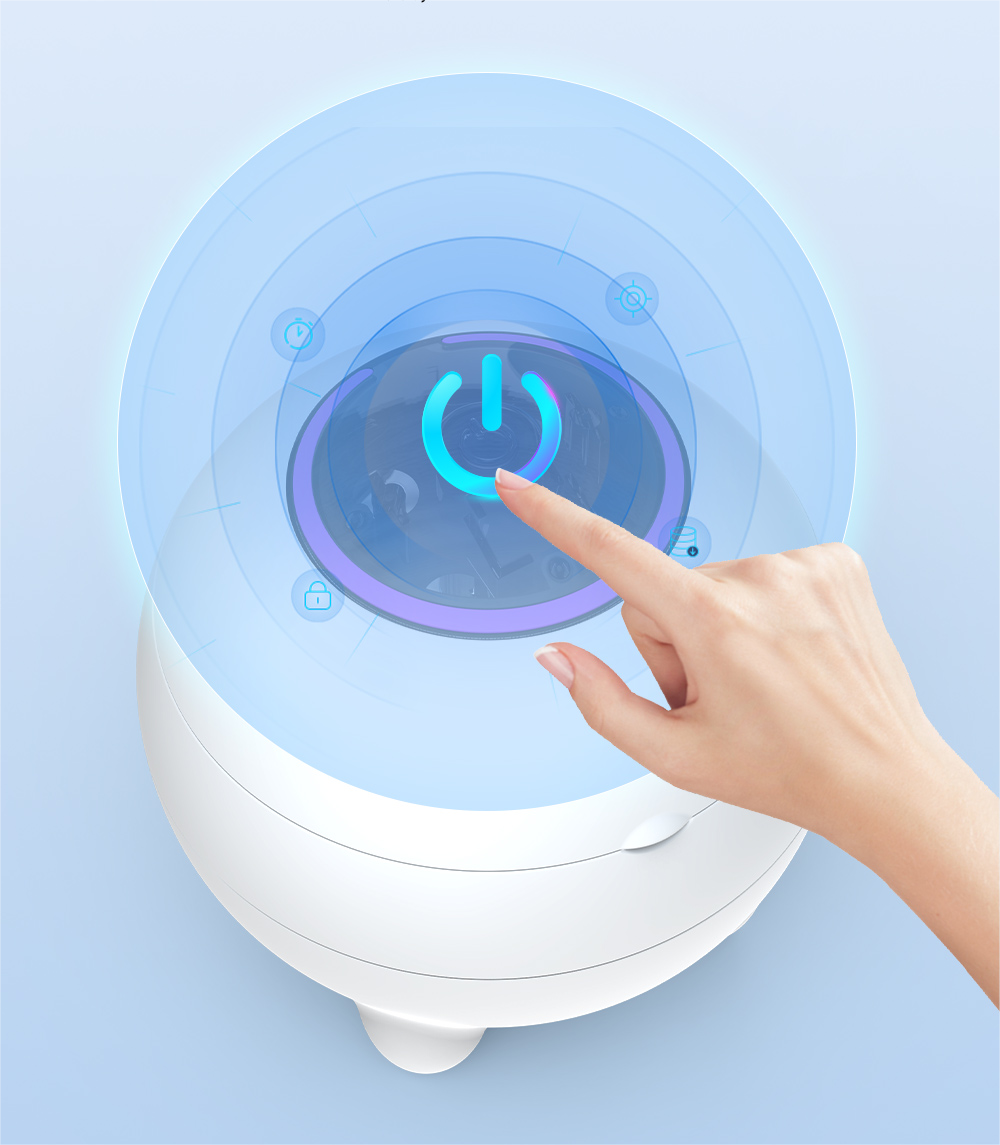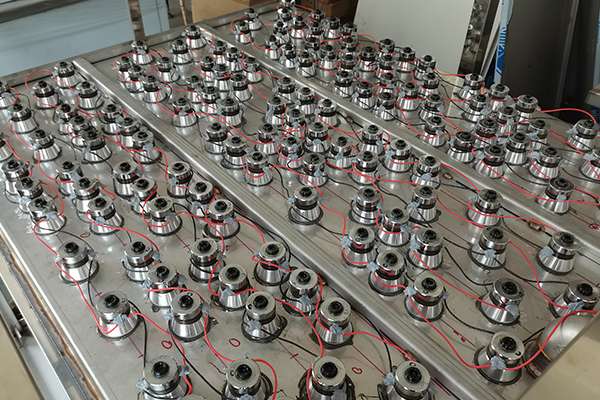Ultrasonic cleaning machines are widely used in industrial production, especially for removing oil from metal workpieces. The cleaning effectiveness largely depends on the temperature of the cleaning solution.

Temperature Choices for Solvent-Based Cleaning Solutions
When using ultrasonic cleaning machines with solvent-based solutions, setting the correct temperature is crucial. For example, with n-propyl bromide solvent used to remove processing lubricants and heat treatment oils, the recommended cleaning temperature is around 50°C. This temperature effectively dissolves oily residues while minimizing safety risks.
For hydrocarbon solvents, it is advised to keep the cleaning temperature between 50°C and 70°C. This range not only ensures good cleaning results but also maximizes efficiency while maintaining safety.
Temperature Settings for Water-Based Cleaning Solutions
For water-based cleaning solutions with an appropriate amount of surfactants, the recommended temperature is usually as high as 80°C. At this temperature, the surface-active chemical reactions of the cleaning solution are more vigorous, effectively softening and dissolving greasy dirt. Additionally, this temperature helps accelerate the decomposition and emulsification process of oily dirt, making it easier for the dirt to detach from the surface of the cleaned object.
Impact of Cleaning Solution Temperature on Ultrasonic Cleaning Efficiency
The temperature of the cleaning solution directly affects the effectiveness of ultrasonic cleaning. An increase in temperature reduces the surface tension and viscosity of the liquid, making cavitation more likely to occur. Cavitation is a key mechanism in ultrasonic cleaning that drives cleaning effects. When the cleaning solution temperature is appropriately increased, a significant enhancement in cavitation can be observed, which is crucial for removing stubborn oily dirt.
However, it is also important to note that too high a temperature can increase the vapor pressure, which might reduce the intensity of cavitation. Therefore, selecting the optimal temperature for the cleaning solution is key to achieving efficient cleaning.

When using ultrasonic cleaning machines to remove oil, choosing the right cleaning solution and controlling the appropriate water temperature are crucial. Whether it’s solvent-based or water-based cleaning, proper temperature settings can significantly enhance cleaning outcomes while ensuring a safe and efficient production process.



